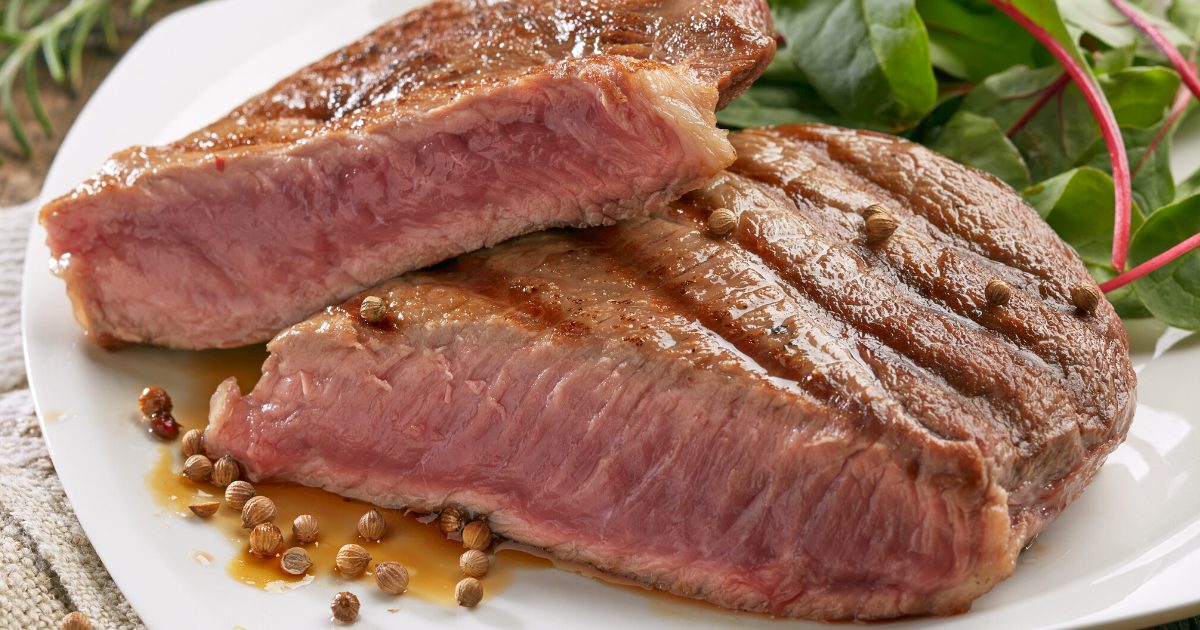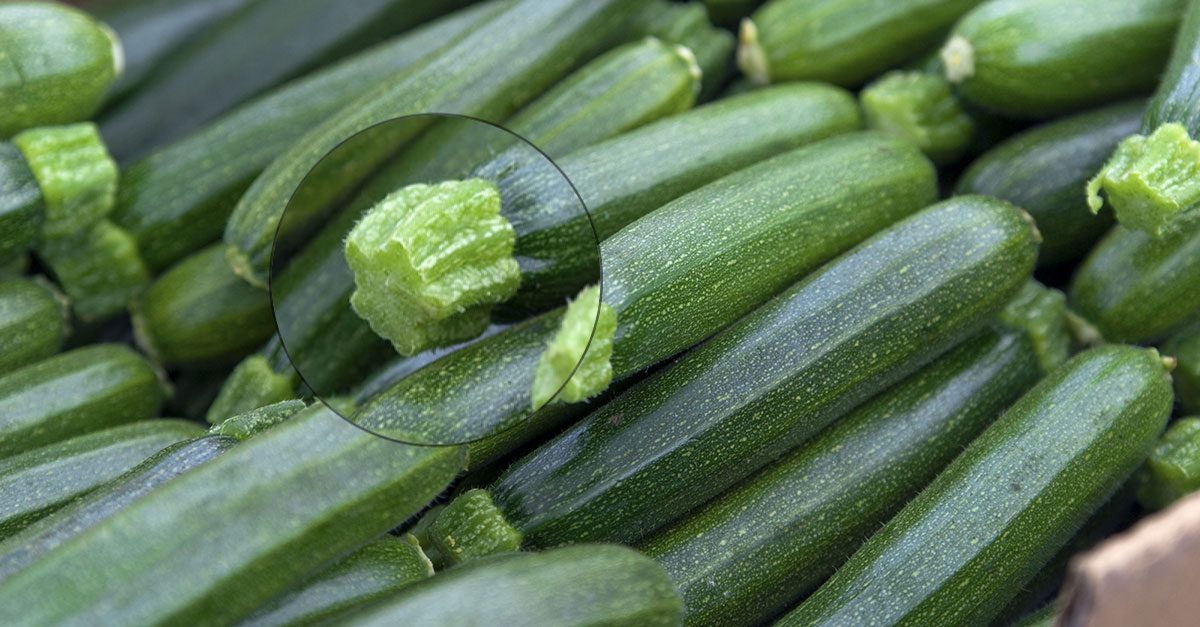A Simplified Guide To Doneness And Temperature For Perfectly Cooked Steak Every Time
Read on for a simple guide on steak doneness and temperature. With the simple instructions, there's no overcooking or undercooking steak; it'll be perfect every time!
;Resize,width=742;)
The perfect steak has a nice amount of char on the outside but is juicy and at your preferred level of doneness on its inside. But, if you've ever tried making steak, then you know that is no mean feat.
A thorough understanding of steak doneness and temperatures will give you a nudge on your path to becoming a steak expert. Here's everything you need to know to prepare perfect steak:
HOW TO DETERMINE THE DONENESS OF STEAK

The doneness of steak is defined by different common terms. Although they are widely used, many people don't know that these terms are determined by temperature and not by sight or feel. Here are the terms and the supposed temperature:
- Rare: between 120 to 125 degrees Fahrenheit
- Medium rare: between 130 and 135 degrees Fahrenheit
- Medium: 140 to 145 degrees Fahrenheit
- Medium well: 150 to 155 degrees Fahrenheit
- Well Done: 160 degrees Fahrenheit or hotter
WHY THE USDA DOESN'T APPROVE OF RARE STEAK
The U.S. Department of Agriculture (USDA) frowns against the consumption of rare steak deeming it unsafe for consumption because it can cause food poisoning from microbes that might be present. According to the USDA, ground beef should have an internal temperature of at least 160 degrees Fahrenheit, while whole cuts of beef, lamb and veal must have an internal temperature of 145 degrees Fahrenheit or higher.
In addition, they also advise that you allow cooked meat to rest for about three minutes, during which their internal temperature rises further, killing microbes.

PROPER THERMOMETER USAGE IS KEY TO MAKING PERFECT STEAK
The foolproof way to get the correct internal temperature in your steak is by using a meat thermometer. For accurate readings:
- Insert the thermometer into the thickest portion of the steak.
- Ensure that the instrument doesn't come into contact with fat or bone that can impact results.
- Push the thermometer probe into your steak at least half an inch. If the steak itself is thicker than an inch, you'll want to push that thermometer all the way until you're fairly certain you're in the centre of the meat.
- If you end up with multiple readings during a single measurement, go with the lowest reading to be on the safe side.

WHAT IS THE BEST KIND OF THERMOMETER TO USE?
Now that you know the importance of temperature, you'll need to know what kind of thermometer is perfect for the task. Experts recommend two different types of thermometers to home cooks:
- Digital thermometers: Although pricey, it is the most efficient way to obtain steak temperature.
- Old-fashioned probe thermometers: they are cheaper to obtain but are the least accurate and can also take a while to work.
WHAT TO DO WHEN YOU DON'T HAVE A THERMOMETER

If you don't have a thermometer and absolutely can't purchase one at the time, then you should perform the age-old finger test.
Method:
Simply poke the steak with your finger to test its firmness.
The firmer the meat, the more done it is.
To get an idea of the various doneness levels, you'll want to compare the feel of a steak to the firmness of your opposite hand in various positions.
Lay your hand palm-up, relaxed, fingers outstretched, and poke the meaty bit of the base of your thumb, right underneath your palm. That's what a raw steak should feel like. Press your thumb and pinky together and give that same spot a poke. That's what a well-done steak feels like. Continue this process, only press your thumb and ring finger together to get the firmness of a medium steak, then your thumb and middle finger for medium-rare, and lastly your thumb and index finger for rare.
Although this method is very easy to do, it can't provide accurate results like a thermometer would. So, get a digital thermometer as soon as possible.
HOW TO CHOOSE THE RIGHT KIND OF STEAK

Choosing the right steak to cook depends on the time you have to cook. Some steaks can't be cooked fast and hot or else they'll come out undercooked while some other cuts won't hold up to low, slow heat without going all dry and grossly grey in the middle.
Here's an abridged guide to cooking the different types of steak:
- Professional chefs advise cooking ribeyes, skirt, flank, and marinated hanger steaks quickly, over high heat on the grill or in a skillet.
- New York strip steaks can also be cooked over high heat on the grill or via the sear-to-broiler method.
- Fillet mignons are ideal for the stovetop-to-oven method.
- T-bone and porterhouse steaks should be cooked on the grill, with the strip of the steak over the higher heat and the tenderloin portion of the steak over lower heat; tri-tip steaks are likewise suitable to cook on the grill.
Happy cooking!
;Resize,width=767;)
;Resize,width=712;)
;Resize,width=712;)

